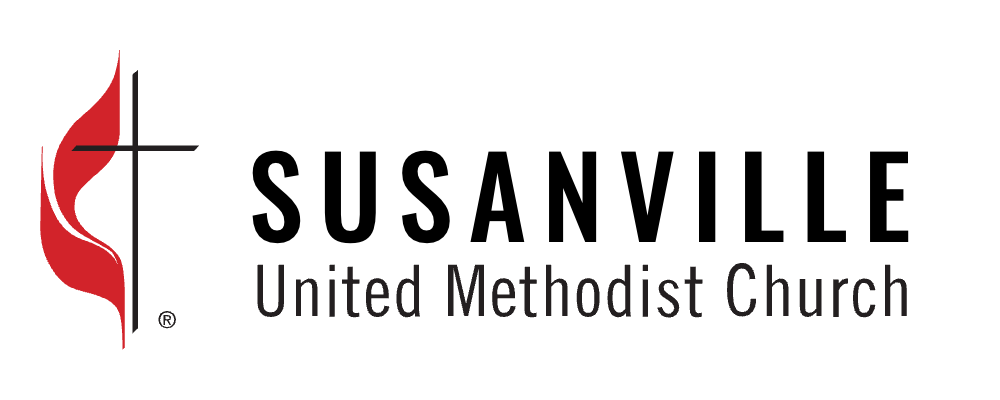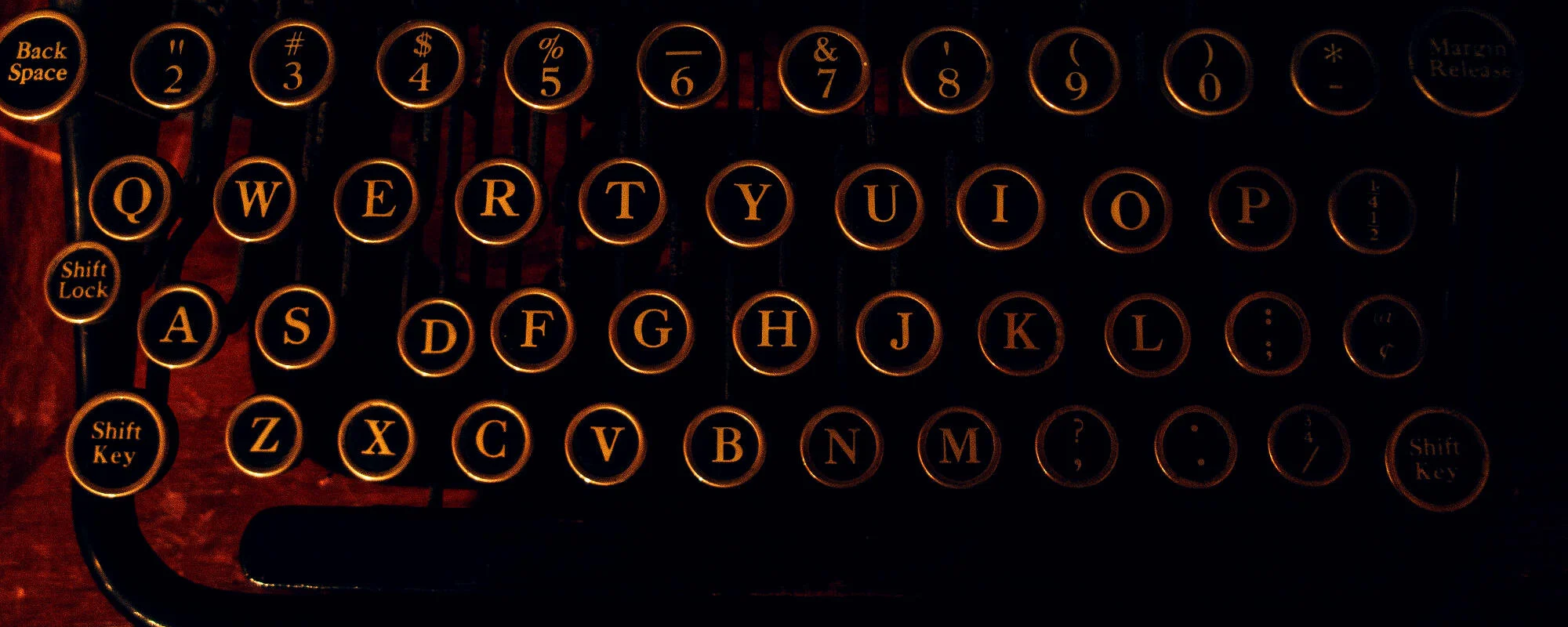Curating Our Faith – Luke 9:23-25, 28-36 and John 21:24-25
/Lectionary Readings for Feb. 27, 2022 Transfiguration Sunday, Year C
Exodus 34:29-35 Moses delivers the replacement 10 Commandments to Israel with a glowing face.
Psalm 99 v4 The King who rules with strength also treasures justice.
2 Corinthians 3:12-4:2 v17 By “the Lord” what I mean is the Spirit, and in any heart where the Spirit of the Lord is present, there is liberty.
Luke 9:23-25, 28-36 Jesus Transfigured on the Mountain Top v35 “This is my Son, my Beloved; listen to him!”
Peace through Leadership Quotes
“War is only a cowardly escape from the problems of peace.” ~ Thomas Mann
“Ours is a world of nuclear giants and ethical infants. We know more about war that we know about peace, more about killing that we know about living.” ~ Gen. Omar N. Bradley
Fortunately, we know the God of Love and Peace. In Matthew chapter 5, Jesus says “Blessed are the peacemakers, for they will be called children of God. [and later] But I tell you, love your enemies and pray for those who persecute you” (v9, 44). Praying for our enemies – and the enemies of the innocent – strains our souls as we watch tanks and missile launchers roll into Ukraine. But prayer is what God calls us to do.
As Christians, this hard work of the soul is where our work for peace is grounded. Whenever possible, offer more smiles (even if you’re grumpy), leave bigger tips, ignore negative or hurtful comments, and share compassion like it’s candy on Christmas. And pray, pray that hearts and minds will move from war to peace.
Any time I preach or lead a group, regardless of age, I start the same way. I’m going to say three short sentences. Please repeat each sentence, with enthusiasm.
God made me. God loves me. God has plans for me.
Preface to Today’s Scripture Reading
Today we have two readings. The first comes from the lectionary and is the well-known story of Jesus’ “transfiguration” on top of a mountain. This occurs in the middle of Luke’s very busy chapter 9 which begins with Jesus sending the disciples out to “bring the good news and cure diseases everywhere” (v6) which caught horrible Herod’s attention. Once the disciples returned, word spread of their work, and a crowd gathered to hear Jesus share the Good News of God’s love, cure many who needed healing, and feed them – all 5,000+ of them (v10-17). Peter declares that Jesus is the Messiah of God, but Jesus tells them not to tell anyone else that (v20-21). Jesus then predicts His death and resurrection – which would have confused the disciples to no end.
Eight days after all of that, Jesus takes Peter, James, and John up a mountain to pray. While praying, Jesus’ appearance dramatically changes. If that were not strange enough, two men – Moses and Elijah – “appeared in glorious splendor” (v31). The booming voice of God then declares, “This is my Son, whom I have chosen. Listen to him!”
Drawing on Virtue #7’s theme of curiosity and skepticism, I always had two basic questions about this standard Sunday School story:
1 – How did the disciples know the guys were Moses and Elijah? Were they wearing name tags? Did Jesus explain it to them later? We don’t know.
2 – Why Moses and Elijah? Why not Abraham or David? Because… Moses represented the law, the Torah, the origin and anchor of their faith. Elijah represented the Jewish prophets, God’s spokespeople. For Jews, this mystical meeting was a clear signal that Jesus was the legitimate continuation of their faith. God’s booming voice confirmed that!
Today’s second reading is the last paragraph of John in which John explains that there are not enough books in the world to record all the things Jesus said and did. More on that in just a bit.
Let’s open our ears, minds, and hearts as we hear a mystical story of ancient connections.
Read Luke 9:23-25, 28-36 and John 21:24-25.
If everything Jesus said and did “were all written down in books, the whole world would not have room for them” (John 21:24-25). Hold onto that thought for a bit.
This past week, I heard Brené Brown interview Debbie Millman who is famous in the design and marketing world. Admittedly, I’d never heard of her before, but the interview about Debbie’s new book was fascinating. Her book is titled, Why Design Matters: Conversations With the World’s Most Creative People.
During the interview, Brené asked Debbie how she decided what to include in the massive book and what to leave out. Debbie described that process as “curation” and compared it to how a museum decides what artwork to buy and what to display. Most museums must regularly decide what to purchase, what to accept as donations, what to display, how to display it (so it’s enjoyable to see), and what to store or sell. Each of us has experienced the same process in decorating our homes – we curate what we want in our lives.
Debbie explained, “there’s curation of living every single day with intention, with deciding what you want to wear and what you want to eat, and who you want to be with, and who you want to love and how you want to love. All of those things are decisions.”
As I listened to them talk, I began to think about our Christian faith and how it’s been curated over the past 4,000 or so years. Before any word was written, stories were handed down from generation to generation – for more than 1,000 years. The oldest Jewish scroll has been dated to roughly 1,200 BCE. “The scroll measures… 39 yards by 25 inches and is made of sheepskin” (Bologna Torah Scroll).
Of all the incredibly rich and inspirational oral traditions, how do you decide which ones are so immensely important that they are worthy of writing on such limited space? What details and morals were worth cherishing? What details do you include, what do you omit?
The New Testament writers faced the same predicament. Jesus’ life and ministry provided far too much material to fully document. The stories of His life had to be… curated. Can you imagine the disciples’ discussions of which sermons, which miracles, and which prayers were so important that they HAD to be shared?
The question for us today is, how do we curate our faith? And how do we – if at all – utilize our faith to guide us as we curate the rest of our lives?
First, our faith. Nobody can remember the entire Bible. We all agree that it’s a great book, a sacred text even. But each of us must decide which stories, which details, and which words or verses to remember – and which to love and respect but not remember. Curation is an ongoing process. As our faith and life journeys continue, we we’re likely to add stories, details, or verses to our curated collection. That’s good because the Bible offers us a wealth of material to guide and support our lives.
For example: my curated collection includes the rainbow. It reminds me that after Noah watched it rain for 40 days and 40 nights, he had to patiently wait for a YEAR before it was dry enough to step off that boat (Genesis 8). The rainbow reminds me to be patient.
Jesus’ Great Commandments (Matthew 22:35-40) to love God, love myself, and love others have become the litmus test for how I understand everything about… everything. And I’ve always loved that verse about faith, hope, and love (1 Corinthians 13:13) – those are three solid guidelines for living. But I couldn’t tell you what the 10 Commandments are – other than the first half focuses on how to love God and the second half focuses on how to love others. See how that ties back to my curated core?
That’s all great, but the next step is deciding if and how we’ll let our faith guide us as we curate the rest of our lives. How will you manage your time? Your money? Your energy? Who will you embrace as a friend? What will you say YES to, and what will you say NO to? How does your faith help you answer those and other questions?
If we curate our lives in a way that the values of our faith align with how we manage our time, money, and relationships, we often find great joy and clarity. When our faith and our lives get out of alignment, we often experience distress and confusion. This does NOT mean equating comfortable with “Godly.”
Think about how you are curating your faith and your life. Looking back, what have you embraced and rejected? Is it time for some spring cleaning and redecorating? Is it time to enhance your curated collection of treasured beliefs, behaviors, and people so that you can love God, love yourself, and love others more than ever before? By intentionally curating our faith and our lives, we can shape our lives, our homes, and our communities to look, sound, and feel more like the world God desires. And that will be Good News, Great News, for the people around us!
Amen? Amen!

